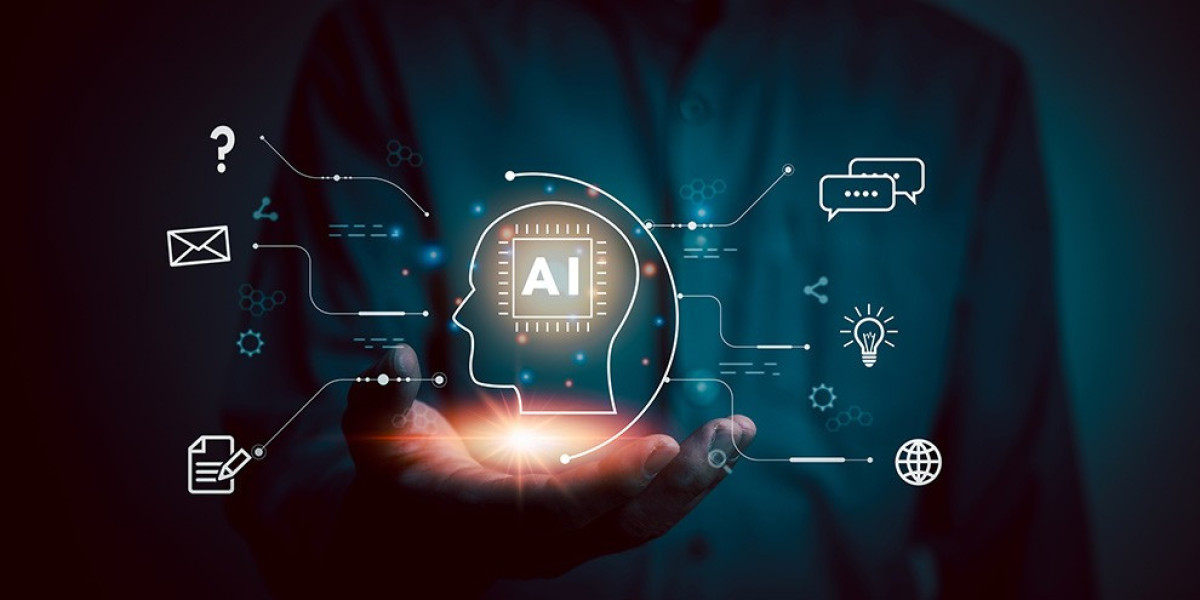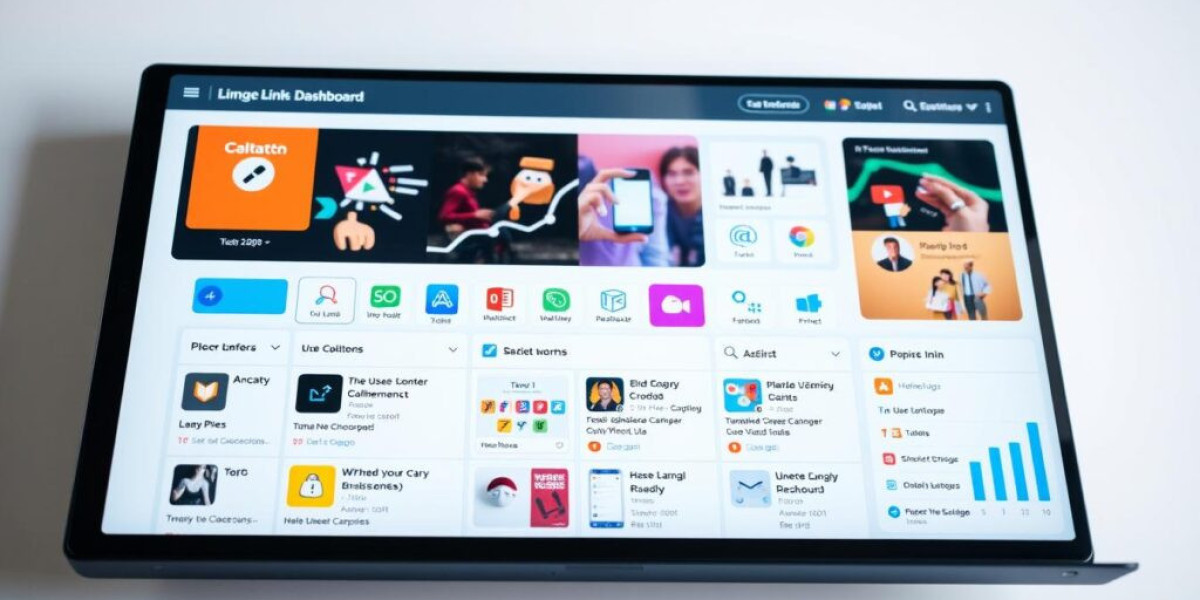Introduction
Artificial intelligence (AI) is revolutionizing industries, but it’s also raising new challenges, particularly in verifying the authenticity of content. With AI-generated text and media becoming more sophisticated, the need for reliable AI detectors has skyrocketed. But what exactly is an AI detector, and why is it so essential today? Let’s break it down and explore its significance in ensuring credibility and trust in the digital age.
What Is an AI Detector?
An Unique AI detector is a specialized tool or software designed to identify content generated by artificial intelligence. Whether it’s text, images, videos, or even voice recordings, these detectors analyze various attributes of the content to determine if it was created by AI algorithms or humans.
By leveraging advanced algorithms, AI detectors can flag suspicious content, ensuring transparency and accountability in a world increasingly dominated by machine-generated data.
How Does an AI Detector Work?
AI detectors rely on sophisticated techniques, including:
Pattern Analysis
AI-generated content often follows specific patterns or styles, such as repetitive phrasing or uniform tone. Detectors analyze these patterns to differentiate between human and AI-created material.
Data Comparisons
Some tools compare content against massive databases of AI-generated outputs to spot similarities or matches.
Statistical Models
Detectors use machine learning models to predict the likelihood that content is AI-generated, based on linguistic and stylistic cues.
Metadata Inspection
For multimedia, AI detectors examine metadata, such as timestamps and editing logs, to trace the origin of the content.
Why Are AI Detectors Important?
Maintaining Trust in Media
With deep fakes and AI-generated articles flooding the internet, trust in digital content is dwindling. AI detectors help restore confidence by verifying authenticity.
Preventing Plagiarism
In academia and content creation, AI detectors ensure originality by identifying AI-generated work, discouraging unethical practices.
Protecting Intellectual Property
Businesses and creators rely on AI detectors to safeguard their intellectual property from unauthorized use or replication by AI tools.
Combating Misinformation
AI-generated fake news can spread like wildfire. Detectors act as a line of defense against misinformation campaigns.
Key Applications of AI Detectors
Education and Academia
Educators use AI detectors to check if students are submitting work written by AI tools, ensuring fairness and integrity in learning environments.
Content Creation
Writers and marketers leverage these tools to verify the originality of their work and avoid unintentional duplication.
Social Media Platforms
Platforms like Facebook and Twitter deploy AI detectors to identify and remove deepfakes, spam, and other malicious content.
Legal and Compliance
Law firms and compliance teams use detectors to authenticate digital evidence and prevent legal disputes.
Benefits of Using an AI Detector
Enhances Credibility
Organizations can maintain their reputation by ensuring all their content is authentic and human-generated.
Saves Time
AI detectors automate the process of analyzing content, saving valuable time compared to manual verification.
Boosts Ethical Standards
By discouraging the misuse of AI for unethical purposes, these tools promote responsible use of technology.
Improves Decision-Making
Verified, authentic data leads to better business decisions, especially in industries relying on accurate information.
Challenges in AI Detection
Despite their benefits, AI detectors face several challenges:
Evolving AI Models: As AI technology advances, detecting its outputs becomes increasingly difficult.
False Positives/Negatives: Errors in detection can lead to unfair accusations or overlooked AI-generated content.
Cost and Accessibility: High-quality AI detectors can be expensive and inaccessible for small businesses or individuals.
Privacy Concerns: Scanning personal or sensitive content for AI detection raises ethical questions.
Top Features to Look for in an AI Detector
If you’re considering investing in an AI detector, ensure it offers:
High Accuracy: Reliable detection rates with minimal false positives.
Multi-Format Support: The ability to analyze text, images, audio, and video.
User-Friendly Interface: Easy-to-use platforms that don’t require technical expertise.
Real-Time Results: Instant feedback for time-sensitive applications.
Customization Options: Tools that allow you to tailor detection parameters to specific needs.
The Future of AI Detection
The demand for AI detectors is only set to grow as AI-generated content becomes more pervasive. Future innovations may include:
Enhanced Deepfake Detection: Advanced tools to identify hyper-realistic AI-generated videos.
Real-Time Social Media Monitoring: Platforms capable of instantly flagging suspicious content on social networks.
Cross-Platform Integration: AI detectors embedded in popular applications for seamless usage.
With continuous advancements, AI detection will remain a critical tool for maintaining trust and transparency in a rapidly evolving digital landscape.
Conclusion
In today’s world, where AI-generated content is becoming the norm, AI detectors serve as the gatekeepers of authenticity. They help ensure that the digital ecosystem remains trustworthy, ethical, and free from manipulation.
Whether you’re a business owner, educator, or casual content creator, leveraging an AI detector can provide peace of mind and uphold integrity in your work. As technology advances, these tools will continue to evolve, playing an even greater role in shaping the future of digital content.
See More Visit Website: Click Here






